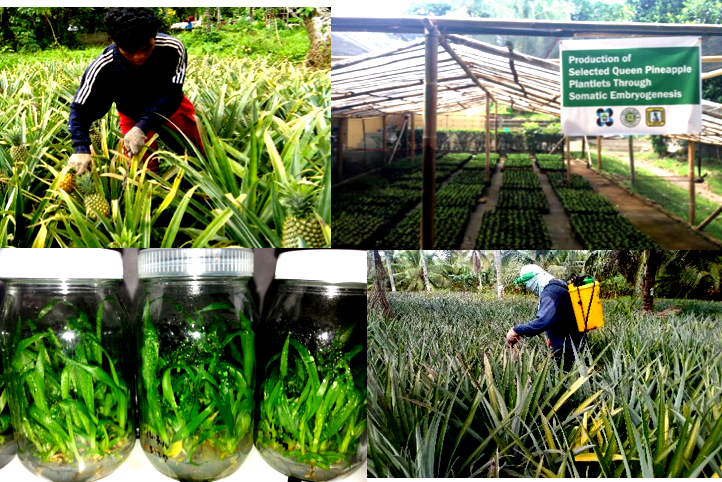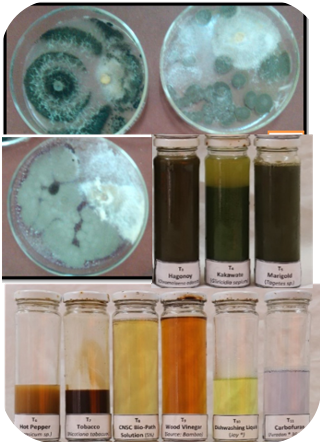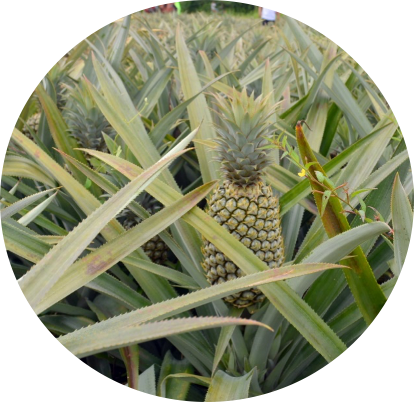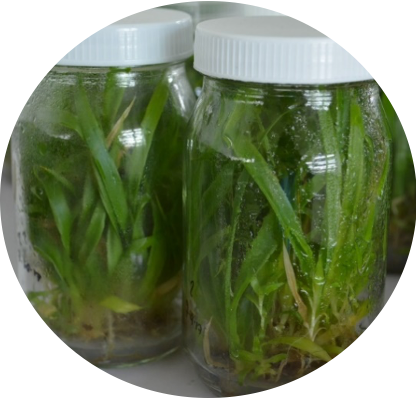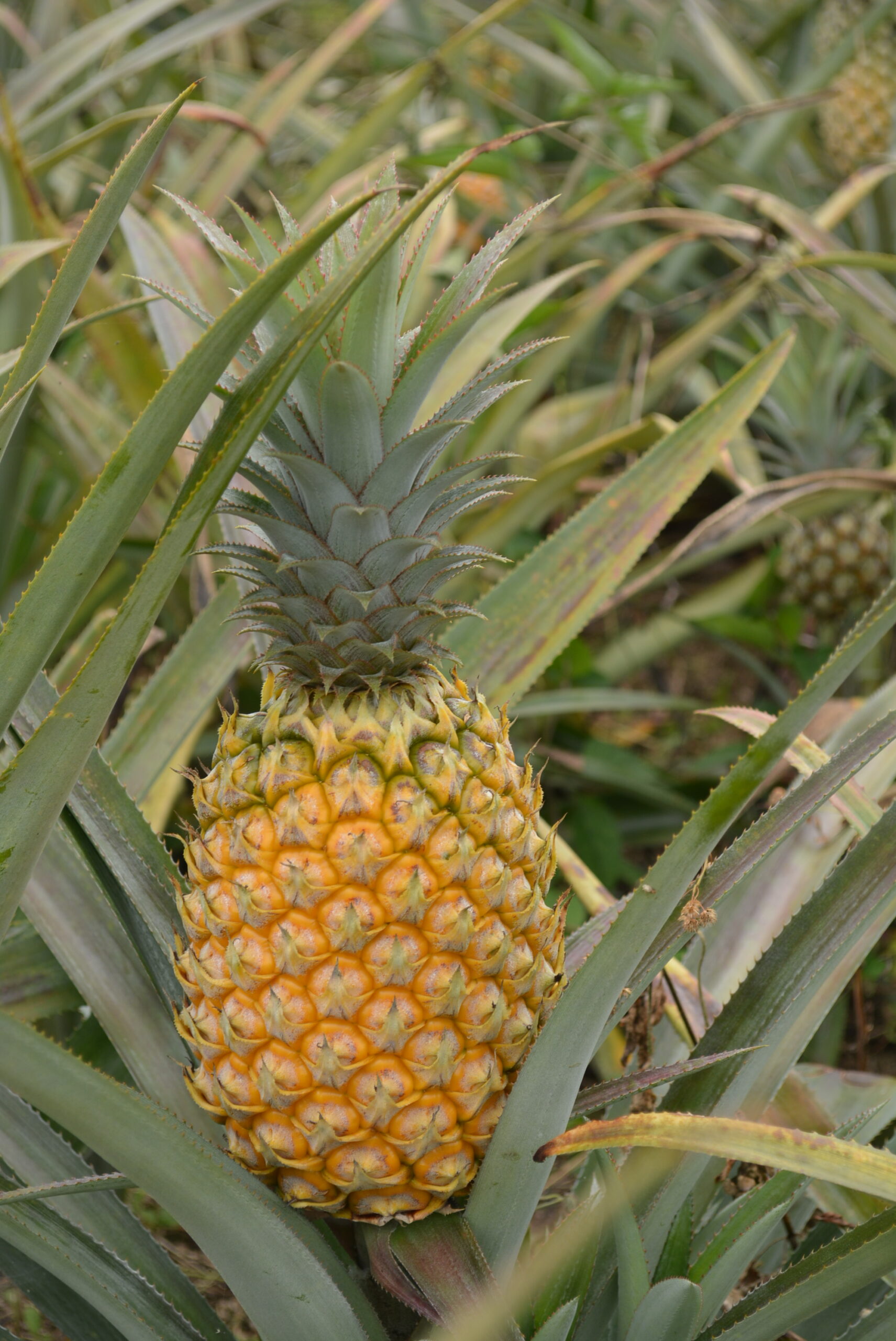Queen Pineapple Industry Profile
The Queen Pineapple (Formosa variety, Ananas comosus [Linn.] Merr.) is known as the sweetest pineapple in the world. The fruit has a distinct aromatic sweetness and crispiness, and is relatively smaller than other pineapple varieties as it only weighs around 450 grams to 950 grams. The Queen Pineapple (QP) is best eaten fresh, but it can also be used to produce fresh juice extracts, and processed into jam and dry fruit snacks. Piña cloth, used in making barongs, gowns, coin purses and pouch bags, is a customary byproduct of pineapples.
Pineapples and their products are the third largest export of the country, after banana and coconut oil. The Philippines produces around 2.7 million metric tons (MT) of pineapples annually with over 66 thousand hectares (ha) of area planted. Other varieties aside from QP are Smooth Cayenne or Hawaiian and Native Philippine Red or Red Spanish. Camarines Norte is the main producer of Queen pineapple with an estimated 3,000 farmers dependent on the industry.
Problems in the Industry
The challenges faced by the QP industry include low yield due to poor production efficiency, high incidence of pests and diseases, and high postharvest wastes and losses. The available technology, machineries and facilities are also inadequate to support production and processing of fruit during peak season.
ISP for Queen Pineapple
The PCAARRD Queen Pineapple ISP aims to increase the commodity’s competitiveness through increasing average yield (mt/ha), reducing disease and pest incidence, and reducing postharvest losses.


